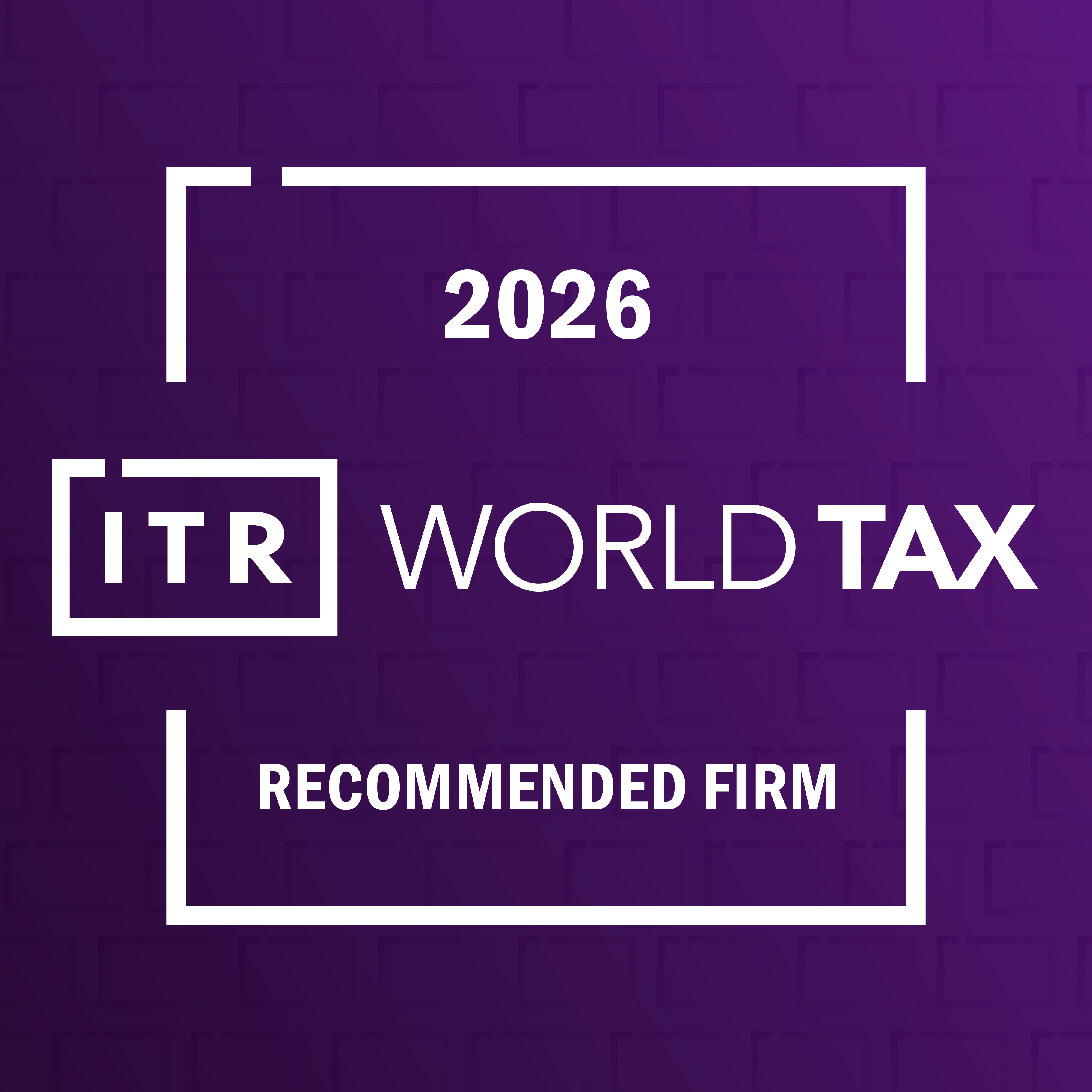The Dilemma of Digital Taxation; Deadlocked Negotiations and the Threat of Retaliation
Oleh: Meiliana dan Choirunnisa Nadilla Safitri
|

The smiles of developing country leaders instantly lit up when the United States (US) and G7 countries were reported to have agreed to implement the GloBE rules and the Global Intangible Low-Taxed Income (GILTI) side by side. Their long-held hope of gaining taxing rights over digital transactions appeared to be within reach.
Moreover, this agreement to apply the GloBE rules and GILTI in a side-by-side system was followed up by the U.S through the removal of Section 899 in the One Big Beautiful Bill draft legislation. Section 899 had essentially been a retaliatory measure by the US.
The US’s “retaliation” under Section 899 was to raise tax rates on entities from discriminatory foreign countries, defined as those considered to impose discriminatory or extraterritorial taxes on the US. This included measures such as the GloBE rules or Digital Services Taxes (DST).
Concerns over the GloBE rules have eased with the agreement between the G7 and the US, but the issue of DST continues to spark tension. Not long ago, US President Donald Trump threatened to halt trade negotiations with Canada if it implemented a DST, as Washington views DST as unfairly targeting US tech companies.
This threat of US retaliation poses a dilemma for many countries hoping to claim a share of tax revenue from digital economic activities. On one hand, the DST consensus remains uncertain; on the other, countries must think twice about enforcing DST unilaterally if it risks triggering additional tariffs from the US.
READ: Trump Confirms America's Withdrawal from Global Tax Agreement
The Huge Potential of Digital Taxation
For Indonesia and other market jurisdictions, the Digital Services Tax (DST) could serve as an oasis—a new source of tax revenue. In this sense, Indonesia could finally say “goodbye” to the practice of hunting in a zoo, as DST is akin to a vast jungle full of diverse game ready to be pursued.
The immense potential of DST can be seen from the size of Indonesia’s digital economy, which was estimated at IDR 1,420 trillion in 2024 and is projected to reach IDR 5,680 trillion by 2030 (CNBC Indonesia, 2024). In addition, according to the Indonesian Internet Service Providers Association (APJII), the number of active internet users in Indonesia has reached 221 million.
The challenge, however, is that this potential will not translate into tax revenue as long as tax regulations continue to rely on conventional rules. Under the current system, digital business activities carried out by multinational companies without a physical presence in the market country do not fall within the scope of taxation, such as through establishing a Permanent Establishment (PE).
Thus, without physical presence or non-physical presence, Indonesia faces difficulties in taxing the profits of foreign companies that earn substantial income from the domestic market, as they are not considered to have created a PE. Legally, this leaves Indonesia’s tax jurisdiction in a weak position.
Deadlocked Negotiations and the Failure of Consensus
The global effort to give market jurisdictions the right to tax digital services is not new. Through the OECD’s Base Erosion and Profit Shifting (BEPS) project, the idea of the Two-Pillar Solution has long been on the table.
Within this framework, Pillar 1 Amount A specifically addresses the challenges of taxation in the digital era. Under Pillar 1, a portion of the residual profits of multinational companies could be allocated to market countries, even without a physical presence.
The mechanism relies on the concept of Significant Economic Presence (SEP), with indicators such as the number of users, digital interactions, and domestic sales. It is a revolutionary concept because it shifts the paradigm of international taxation, which has traditionally depended on physical presence.
However, despite most G20 and OECD countries agreeing to adopt it, Pillar 1 has yet to produce a consensus. One of the biggest obstacles is the lack of full commitment from the US to Pillar 1 Amount A. Under Trump’s leadership, the US decided to withdraw from the negotiations.
READ: Understanding Formula Apportionment, an Alternative for Taxing the Digital Economy
Weighing the Option of Unilateral Taxation
Following the deadlock in reaching a consensus, several countries began signaling their intention to impose Digital Services Taxes (DST) unilaterally. In theory, unilateral DST may seem like a quick solution to secure taxing rights.
In fact, Indonesia had already established a legal framework to impose DST unilaterally through Law No. 2 of 2020. However, this provision was later revoked after the pandemic ended and in line with Constitutional Court Decision No. 37/PUU-XVIII/2020.
Yet, despite this revocation and the potential threat of US retaliation, there are several challenges that the government must consider if it chooses to apply DST unilaterally.
First, implementing DST would require the government to prepare new legislation that clearly defines taxable subjects and objects, the tax base, rates, as well as collection and reporting mechanisms.
Second, there is the risk of resistance from businesses. DST is usually imposed on gross revenue without accounting for operational expenses. This is often considered unfair, as it contradicts the principle of ability to pay. Even with a small rate, digital business margins could be squeezed. Converting DST into an income tax would also be difficult, as it may conflict with tax treaties that only allow taxation in the presence of a Permanent Establishment (PE).
Third, the readiness of digital infrastructure remains an issue. Approaches such as Significant Economic Presence (SEP) require a robust system, one capable of detecting digital transactions in real time, tracking users and sales by country, classifying digital services, and integrating data across ministries as well as across borders. At present, such capacity remains a challenge for Indonesia.
A Matter of Fairness and a Complement to VAT on Digital Trade
In the context of the digital economy, Indonesia has actually implemented Value-Added Tax (VAT) on Electronic Transactions (PMSE) since 2020. Under this scheme, foreign business operators or other appointed parties (WPLN) are designated as VAT collectors on digital consumption by Indonesian consumers.
From a revenue perspective, the results have been positive. The Directorate General of Taxes (DGT) recorded that from 2020 to July 31, 2025, VAT on PMSE collected reached IDR 31.06 trillion. In fact, VAT revenues from PMSE in the January–July 2025 period grew 25.16% compared to the same period in 2024.
However, despite boosting revenue, this scheme comes with certain drawbacks. First, VAT follows the principle of destination, meaning the tax burden is borne by the final consumer, not the foreign entity. As a result, Indonesia has yet to truly benefit from the income that these foreign businesses generate from the Indonesian market.
Second, the principle of tax neutrality has not been fully achieved. Domestic taxpayers are required to pay both Corporate Income Tax and VAT, while foreign businesses only collect and remit VAT without being subject to Income Tax, unless they have a Permanent Establishment (PE) in Indonesia. This creates an uneven playing field between local and foreign players in the digital market.
Therefore, granting taxing rights over the income of digital companies is not merely about increasing state revenue; it is also about upholding fairness among domestic and foreign digital businesses, as well as conventional ones.
For this reason, efforts to achieve this must continue. Of course, it will not be easy; the key lies in Indonesia’s bargaining power with major economies, especially the US. Hopefully.
Disclaimer! This article is a personal opinion and does not reflect the policies of the institution where the author works.


